Essential Guide to Flat and Low Slope Roofing in Richmond
Welcome to the comprehensive guide on flat and low slope roofing offered by Hammersmith Roofing & Construction, the experts in local roofing solutions in Richmond, Virginia. This guide is tailored for homeowners, property managers, and business owners who play a pivotal role in making decisions about roof repairs and installations. Choosing the right type of roofing is crucial in a climate like Richmond’s, where the weather can greatly influence the functionality and longevity of your roof. Understanding the specific characteristics and advantages of flat and low slope roofs will help you make informed decisions that ensure the durability, safety, and efficiency of your property. This guide delves deep into the types of flat and low slope roofs, their inherent benefits, suitable materials, and essential maintenance tips to maximize their lifespan and performance.
Basic Understanding of Flat and Low Slope Roofs
Flat and low slope roofs are increasingly popular in both commercial and residential sectors due to their cost efficiency and practicality. The term ‘flat roof’ is somewhat misleading as these roofs typically have a slight pitch, generally less than 2:12, allowing for effective water drainage and preventing issues related to water pooling, which is critical in maintaining the roof’s integrity. Low slope roofs share this minimal pitch approach, providing an ideal solution for large commercial buildings where high slopes are impractical and aesthetically displeasing. These roofs offer substantial space for housing equipment, solar panels, or green gardens, enhancing the building’s utility without the complexities associated with steeper slopes. The choice between flat and low slope roofs often depends on specific architectural needs, the building’s design, and individual preferences regarding roof visibility and functionality.
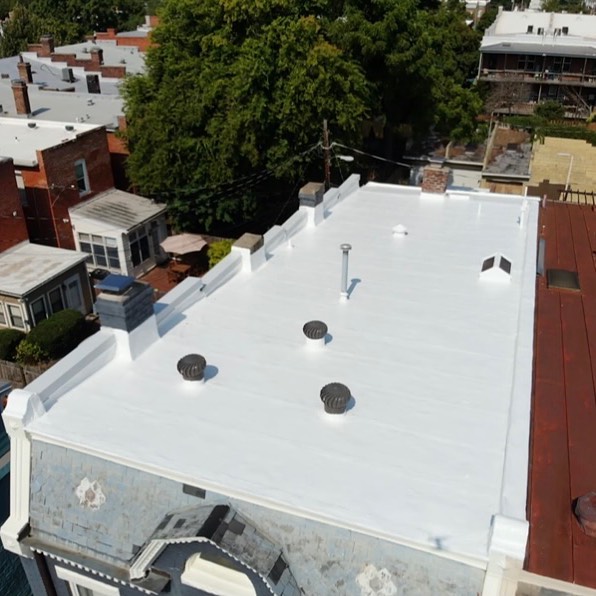
What is a Flat Roof?
A flat roof is defined by its minimal slope, which is ingeniously designed to enhance aesthetic appeal and maximize internal space beneath the roof. This roof type is especially prevalent in urban environments where space optimization is key. Common materials used for flat roofing include single-ply membranes such as Polyvinyl Chloride (PVC) and Thermoplastic Polyolefin (TPO), modified bitumen, and built-up roofing systems that consist of alternating layers of bitumen and reinforcing fabrics. These materials are chosen for their durability, cost-effectiveness, and resistance to the elements, making them ideal for Richmond’s varied climate. Flat roofs are particularly advantageous for commercial buildings, offering a streamlined look and making maintenance tasks like HVAC installation and repair more accessible. Furthermore, flat roofs can support heavier loads, making them suitable for installations like rooftop gardens or leisure spaces, which can add significant value to a property.
What is a Low Slope Roof?
Low slope roofs are designed with a subtle incline that optimizes water drainage without the architectural prominence of steep roofs, making them particularly well-suited for large buildings where steep slopes would be impractical and less aesthetically appealing. This type of roofing is characterized by its ability to offer expansive roof areas a protective and durable cover that efficiently manages water runoff, crucial in preventing leaks and water damage. In the context of Richmond’s diverse and often unpredictable weather, a well-installed low slope roof provides excellent protection against heavy rainfalls, snow, and ice, which can accumulate on flatter surfaces. Materials typically used for low slope roofing include asphalt shingles, metal panels, and synthetic materials, each selected based on the roof’s specific needs and the building’s structural requirements. The low slope roof is a strategic choice for those who prioritize ease of maintenance, cost-effectiveness, and durability, offering a balance between the minimal aesthetic intrusion of flat roofs and the enhanced water drainage capabilities of steeper designs.

Installation Process for Flat or Low Slope Roofs
The installation of flat or low slope roofs involves several critical steps that must be meticulously followed to ensure long-term durability and functionality. Initially, the installation involves preparing the roof deck to ensure it is level and free of any debris that could impair the integrity of the installation. This is followed by the application of a vapor barrier, which is crucial for preventing moisture from penetrating the building envelope. Insulation is then added to enhance thermal performance and energy efficiency, a significant consideration in Richmond’s climate where temperatures can vary widely throughout the year. The choice of roofing material is then laid down, with techniques varying by material type: for instance, single-ply roofing membranes might be mechanically fastened or adhered directly to the insulation layer, while built-up roofs involve layering asphalt or tar with roofing felt, finished with a top layer of gravel or modified bitumen for added protection and durability. Each step is critical, requiring detailed attention to ensure that seams are sealed, fixtures are secured, and the entire assembly functions as a cohesive unit, effectively protecting the building from environmental elements and enhancing its energy efficiency.
Key Factors to Consider for Flat or Low Slope Roofing
Choosing the right flat or low slope roof requires consideration of several key factors that will influence the roof’s performance, longevity, and suitability for a specific building. Structural considerations are paramount, as the building must be able to support the weight of the roof system, including any additional features like heavy air conditioning units or green roofing components. The local climate is another crucial factor; Richmond’s variable weather patterns necessitate roofing materials and designs that can withstand heavy rainfall, strong winds, and the occasional snow or ice accumulation. Additionally, the primary function of the building influences roofing choices—commercial buildings might prioritize durability and low maintenance costs, while residential buildings might focus more on aesthetic appeal and energy efficiency. Effective water drainage systems are essential to prevent water accumulation, which can lead to structural damage and leaks. Ultimately, the selected roofing materials should provide a reliable barrier against weather elements while contributing to the building’s thermal management and energy consumption goals.
Water Drainage
Effective water drainage is a cornerstone of flat and low slope roof design, especially in areas like Richmond, where precipitation levels can vary significantly throughout the year. Proper drainage systems are essential to prevent water accumulation, which can lead to leaks and structural damage over time. For flat roofs, it is crucial to incorporate adequate slope into the design to facilitate water runoff towards the drainage points. This can be achieved through tapered insulation systems or structured decks. Additionally, installing high-quality drain covers and regularly cleaning gutters and downspouts will ensure that water flows freely away from the roof surface, thereby minimizing the risk of pooling and the subsequent potential for water ingress.
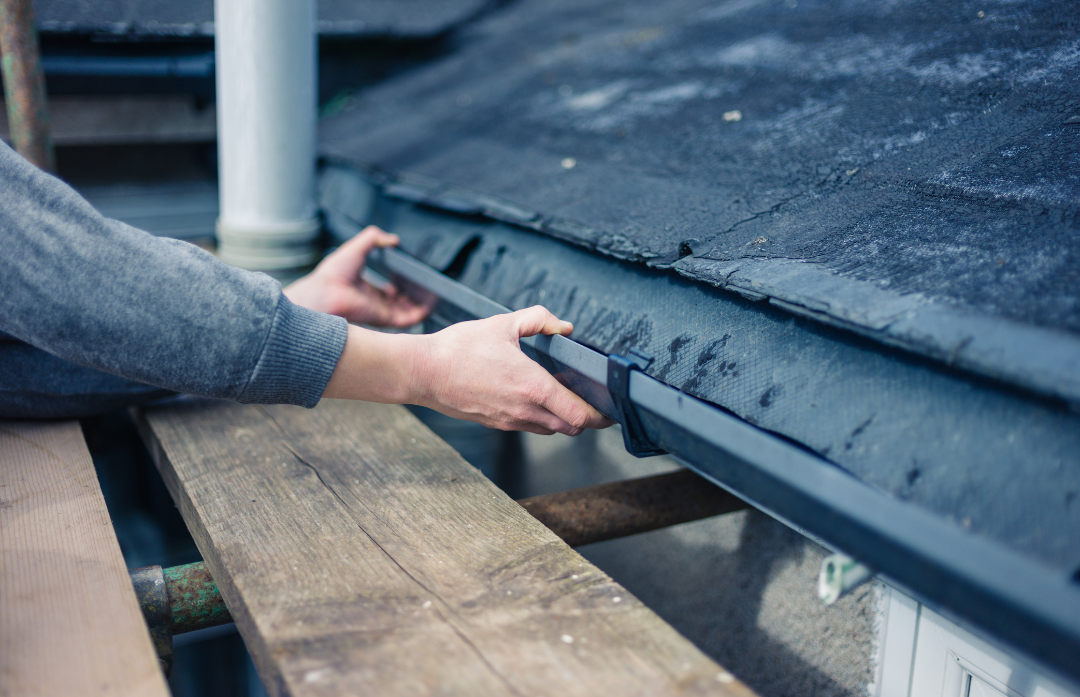
Roofing Materials
Choosing the right roofing materials is critical for ensuring the longevity and efficiency of flat and low slope roofs. The selection should consider factors such as durability, weather resistance, energy efficiency, and maintenance requirements. For instance, single-ply roofing membranes like TPO and PVC offer excellent water resistance and are ideal for both flat and low slope roofs. These materials are not only durable but also reflect UV rays, helping to keep buildings cooler and reduce energy costs. Alternatively, built-up roofs and modified bitumen offer robust protection with multiple layers that enhance their resilience against physical and environmental stressors. The choice of roofing material impacts not only the roof’s performance but also its overall lifecycle costs and maintenance needs.
Energy Efficiency
Energy efficiency is increasingly important in roofing decisions, particularly for flat and low slope roofs which can expose large surface areas to the sun. Materials that reflect UV rays and provide good thermal insulation are crucial in reducing heating and cooling costs. For example, white or light-colored roofing membranes can significantly decrease a building’s internal temperatures during hot months by reflecting sunlight away from the building, leading to substantial energy savings. Additionally, proper insulation under the roofing material is essential to prevent heat loss during colder months. Such energy-efficient practices not only lower operational costs but also contribute to a more sustainable building practice by reducing the overall carbon footprint.
Flat Roofing Materials
Choosing the right materials is crucial for ensuring the durability and efficiency of flat roofs. Among the most popular choices are single-ply membranes, built-up roofing, modified bitumen, and rubber roofing materials, each offering specific benefits that can be leveraged depending on the building’s requirements and the local climate. Single-ply membranes, such as TPO and PVC, are prized for their balance of cost-effectiveness, durability, and ease of installation. These materials are particularly suited for flat roofs due to their lightweight nature and excellent water-resistant properties, making them ideal for areas with frequent rainfall like Richmond. Built-up roofing (BUR) is one of the oldest and most reliable types of flat roofing, consisting of multiple layers of bitumen and reinforcing fabrics; it offers robust protection against water and UV rays. Modified bitumen roofing systems incorporate layers of asphalt, reinforced with fiberglass or polyester, and are known for their enhanced tensile strength and puncture resistance, which is beneficial for roofs exposed to frequent foot traffic or mechanical equipment.
Single-Ply Membrane
Single-ply membrane systems are a modern solution for flat roofing, popular for their relatively straightforward installation, which typically involves rolling out the membrane and securing it mechanically, adhering it with adhesive, or ballasting it with weight. These membranes are highly effective in reflecting UV rays, reducing cooling costs during the hot summer months in Richmond. Their flexibility and light weight make them suitable for varying roof designs and they are particularly effective in preventing leaks, thanks to their seamless installation. TPO membranes, known for their energy efficiency and heat-reflective properties, and PVC, known for its durability and resistance to chemical exposure, are two common types of single-ply systems used in commercial and residential roofing projects.
Built-Up Roofing
Built-up roofing systems are composed of multiple layers of bitumen and reinforcing fabrics that create a finished membrane. This “built-up” method allows for multiple layers of protection, which not only helps in waterproofing efforts but also provides substantial resistance to foot traffic and mechanical impact. The installation process involves alternating layers of asphalt or tar and roofing fabric, which are finished with a top layer of stone or gravel. This top layer not only protects the underlying materials from UV rays and physical damage but also adds weight to the roof, helping to stabilize the roofing structure against wind lift and other environmental challenges.
Modified Bitumen Roofing
Modified bitumen roofing systems are an evolution of asphalt roofing, designed to offer greater elasticity and flexibility under variable temperature ranges. This type of roofing is particularly advantageous for flat roofs in climates like Richmond’s, where temperatures can fluctuate significantly. Modified bitumen roofs are installed using one of several techniques, including hot-applied, cold-applied, self-adhered, or torch-applied methods, each offering specific advantages depending on the project requirements and environmental considerations. These systems are not only tough and durable but also offer improved resistance to thermal shock and high traffic areas, making them an excellent choice for buildings with high service requirements or extensive rooftop equipment.

Rubber Roofing Materials
Rubber roofing materials, particularly Ethylene Propylene Diene Monomer (EPDM) membranes, are a popular choice for both flat and low slope roofs due to their durability, cost-effectiveness, and ease of maintenance. EPDM is known for its exceptional resistance to weathering, UV rays, and temperature extremes, making it an ideal choice for the fluctuating climate of Richmond. The material’s flexibility also allows it to expand and contract with temperature changes without cracking or becoming brittle, which is essential for long-term performance. Installation of rubber roofing is straightforward, typically involving the rolling out of large sheets that are then adhered or mechanically fastened to the roof surface. This simplicity in installation not only reduces labor costs but also minimizes the potential for leaks, as fewer seams mean fewer points of failure. Additionally, rubber roofs can be easily repaired with liquid rubber or special tapes, which further enhances their appeal as a low-maintenance roofing solution.
Low Slope Roofing Materials
The selection of materials for low slope roofs requires careful consideration to ensure they meet the specific needs of the building and local climate conditions. Asphalt shingles, metal roofing systems, and synthetic materials are commonly used, each offering distinct advantages. Asphalt shingles are favored for their affordability and versatility, making them suitable for a wide range of architectural styles. Metal roofing is highly durable and offers excellent resistance to wind and fire, making it an outstanding choice for areas prone to extreme weather. Synthetic materials like TPO and PVC are valued for their lightweight and reflective properties, which contribute to better energy efficiency and are particularly effective in climates with high heat exposure.
Asphalt Shingles
Asphalt shingles are among the most popular roofing materials for low slope roofs due to their cost-effectiveness and wide availability. They provide a balance of durability and aesthetic appeal, available in a variety of colors and styles to complement any building exterior. In addition to their visual appeal, asphalt shingles offer a decent level of waterproofing and sound insulation. They are relatively easy to install and repair, which reduces overall maintenance costs and disruption. However, it is essential to choose high-quality shingles and ensure proper installation, especially in areas like Richmond, where variable weather can test the limits of roofing materials. Regular inspections and maintenance are recommended to address any wear and tear promptly, ensuring the longevity of an asphalt shingle roof.
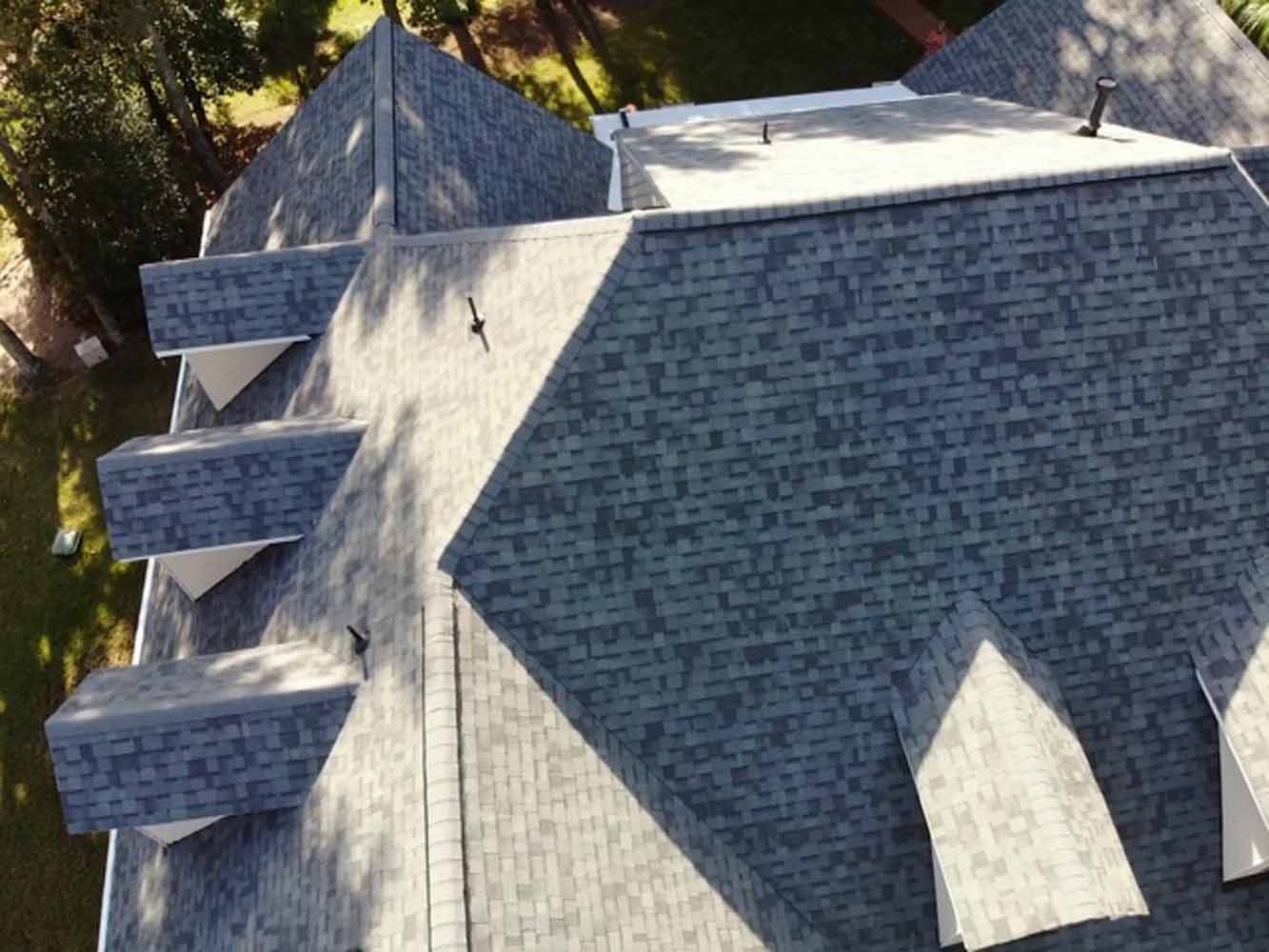
Metal Roofing Systems
Metal roofing systems are an excellent option for low slope roofs, offering superior durability, longevity, and a distinctive aesthetic appeal. These systems are comprised of large panels or tiles made from materials like aluminum, steel, or copper, which are known for their resistance to corrosion and ability to withstand severe weather conditions. Metal roofs are particularly beneficial in Richmond’s variable climate, as they can handle heavy rainfall, strong winds, and even snow loads effectively. Their reflective properties also make them energy efficient, as they reflect solar heat away from the building, reducing cooling costs during the warmer months. Installation of metal roofing is precise and requires professional expertise to ensure that panels are securely interlocked and sealed, minimizing the risk of leaks and maximizing structural integrity.
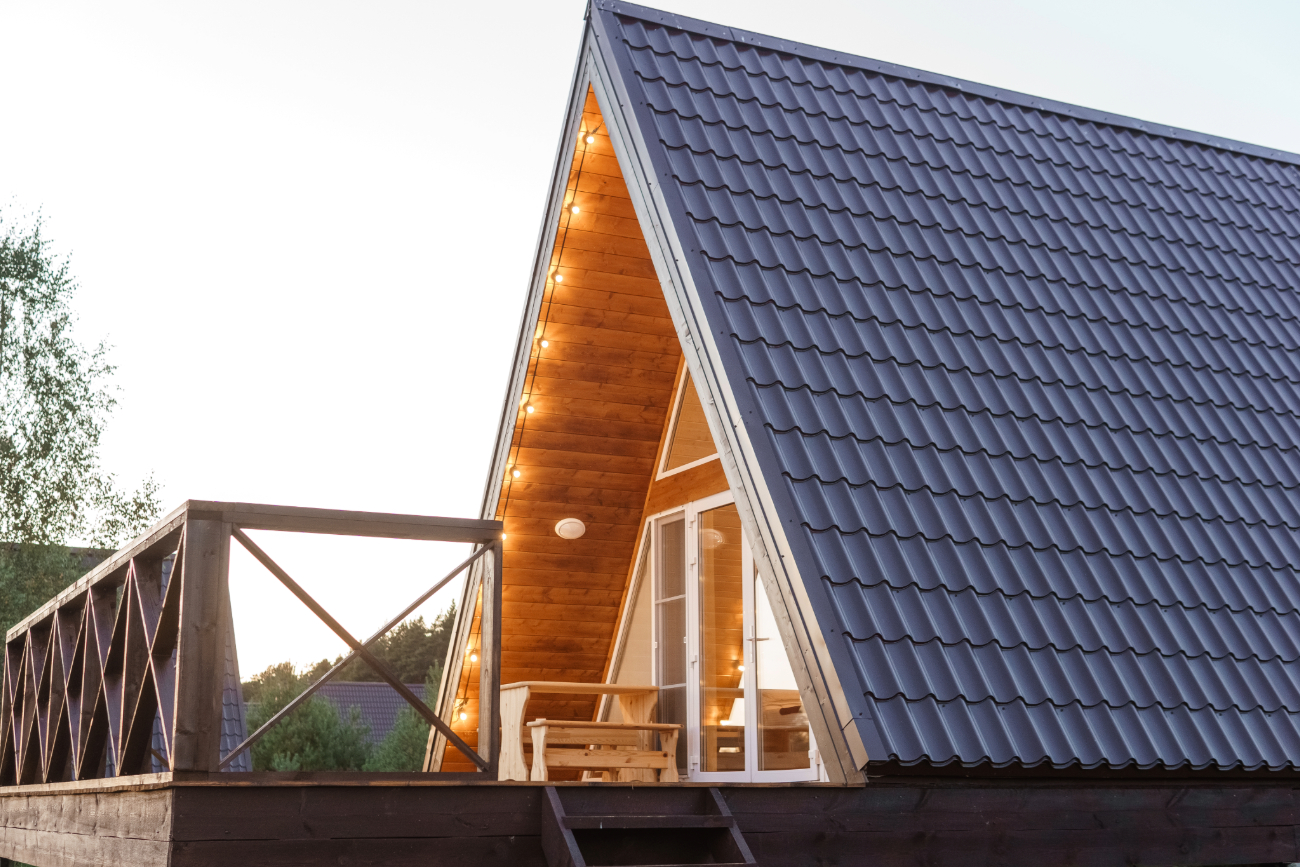
Synthetic Materials
Synthetic roofing materials, such as thermoplastic polyolefin (TPO) and polyvinyl chloride (PVC), are increasingly popular choices for low slope roofs due to their exceptional durability and environmental resistance. These materials are engineered to resist cracking, splitting, and weathering, making them suitable for harsh environmental conditions. Synthetics are also lightweight, which reduces the load on building structures and makes them a viable option for retrofitting over existing roofing systems. Moreover, their flexibility and ease of installation allow for seamless coverage, significantly reducing the risk of leaks. With their UV-resistant and heat-reflective properties, synthetic materials contribute to energy savings by maintaining cooler building interiors, an important factor for energy management in commercial buildings.
Maintenance and Repair of Flat or Low Slope Roofs
Regular maintenance and timely repair are crucial to extending the lifespan and enhancing the performance of flat and low slope roofs. A well-maintained roof not only prevents leaks and structural damage but also ensures energy efficiency and cost-effectiveness over its operational lifetime. Maintenance routines should include regular inspections, especially after extreme weather events, to identify and address potential issues like cracks, blisters, and water pooling. Cleaning debris from the roof and ensuring that drainage systems are clear and functional are also essential practices. For repairs, it is important to use compatible materials and follow manufacturer guidelines to ensure the integrity of the roof is maintained. In cases where significant damage is observed, consulting with a professional roofing contractor is advisable to assess the need for more extensive repairs or possible replacement.
Regular Maintenance
Maintaining flat and low slope roofs regularly is critical for ensuring their long-term functionality and preventing costly repairs. Routine maintenance should include biannual inspections to check for signs of wear and tear, such as cracking, splitting, or erosion of materials. It is also essential to keep the roof surface and drainage systems clear of debris, leaves, and other obstructions that can impede water flow and lead to pooling. During these inspections, special attention should be paid to the roof’s flashings and edges, where leaks most commonly develop. Proactive maintenance like reapplying protective coatings and repairing minor issues as they arise can significantly extend the roof’s lifespan and enhance its performance. Establishing a maintenance schedule with a professional roofing contractor can ensure that these tasks are performed correctly and at the right intervals, safeguarding your investment and maintaining the roof’s structural integrity.
Common Issues and Solutions
Flat and low slope roofs are susceptible to a range of common issues that can impact their integrity and functionality. One of the most frequent problems is water pooling, which can lead to leaks and structural deterioration if not addressed promptly. To mitigate this, it’s crucial to ensure that the roof’s drainage system is free of obstructions and functioning correctly. Regular inspections can identify potential problem areas before they escalate. Another issue is the blistering of roofing materials, caused by moisture trapped beneath the surface. Addressing blistering involves puncturing and releasing the trapped moisture, then properly sealing the area to prevent future moisture ingress. Additionally, thermal movement due to temperature fluctuations can cause roofing materials to contract and expand, potentially leading to cracks or splits. Employing materials with high thermal tolerance and ensuring that they are correctly installed with enough flexibility for movement can prevent these issues.
Hiring a Professional Roofing Contractor
For the installation, maintenance, and repair of flat and low slope roofs, hiring a professional roofing contractor with specialized knowledge and experience is essential. A qualified contractor can provide valuable insights into the best materials and installation techniques for your specific needs and local climate conditions. They can also ensure that all aspects of the roofing project, from design to completion, are executed to the highest standards, complying with local building codes and manufacturer specifications. Additionally, professional contractors can offer warranties and service guarantees that provide peace of mind and protect your investment. When selecting a roofing contractor, it’s important to consider their credentials, experience, and track record in the industry, as well as customer reviews and testimonials that attest to their reliability and quality of work.
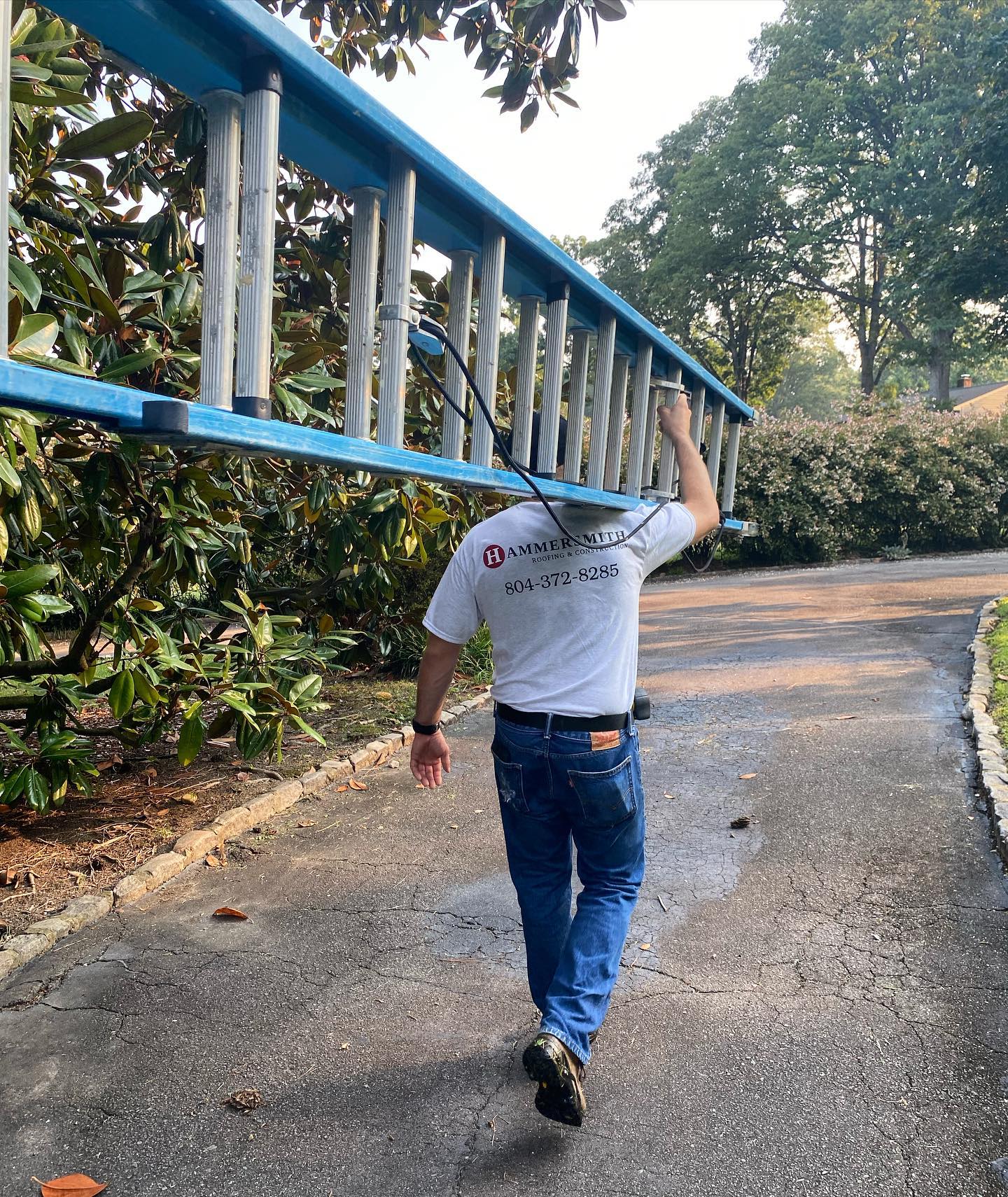
Ensuring Roofing Excellence: A Summary for Richmond’s Property Owners
Understanding the intricacies of flat and low slope roofing is vital for anyone involved in building management or ownership in Richmond. From selecting the appropriate materials to regular maintenance and professional installation, each step plays a critical role in ensuring the roof’s performance and longevity. By adhering to the guidelines discussed in this guide, property owners can ensure that their roofing systems are well-equipped to handle the environmental demands of the region, providing reliable protection and efficiency for years to come. We invite you to contact Hammersmith Roofing & Construction for further assistance or to schedule a consultation to discuss your roofing needs.





